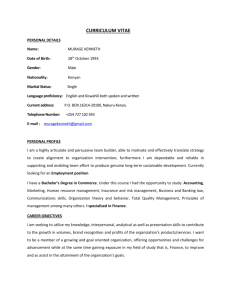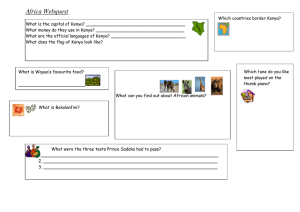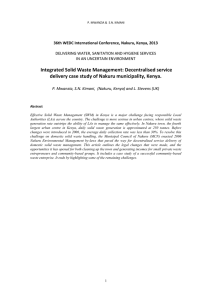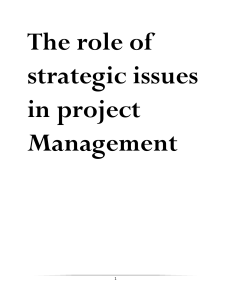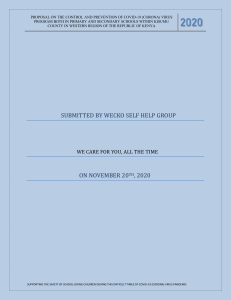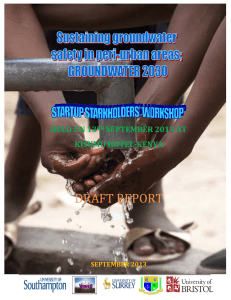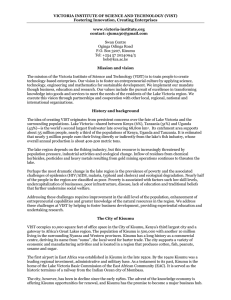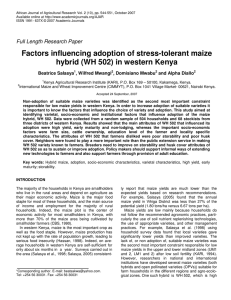Multiple benefits of improved groundwater for low-income
advertisement
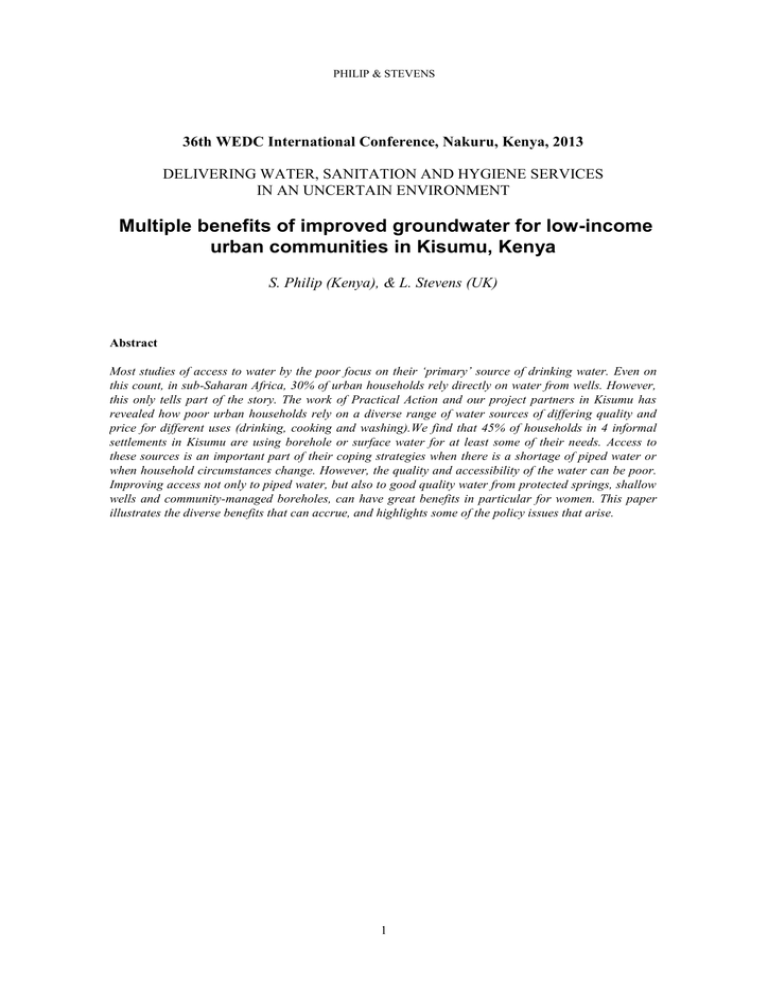
PHILIP & STEVENS 36th WEDC International Conference, Nakuru, Kenya, 2013 DELIVERING WATER, SANITATION AND HYGIENE SERVICES IN AN UNCERTAIN ENVIRONMENT Multiple benefits of improved groundwater for low-income urban communities in Kisumu, Kenya S. Philip (Kenya), & L. Stevens (UK) Abstract Most studies of access to water by the poor focus on their ‘primary’ source of drinking water. Even on this count, in sub-Saharan Africa, 30% of urban households rely directly on water from wells. However, this only tells part of the story. The work of Practical Action and our project partners in Kisumu has revealed how poor urban households rely on a diverse range of water sources of differing quality and price for different uses (drinking, cooking and washing).We find that 45% of households in 4 informal settlements in Kisumu are using borehole or surface water for at least some of their needs. Access to these sources is an important part of their coping strategies when there is a shortage of piped water or when household circumstances change. However, the quality and accessibility of the water can be poor. Improving access not only to piped water, but also to good quality water from protected springs, shallow wells and community-managed boreholes, can have great benefits in particular for women. This paper illustrates the diverse benefits that can accrue, and highlights some of the policy issues that arise. 1
![Corporate Communications Resume - [Candidate Name]](http://s3.studylib.net/store/data/025529089_1-ff9bc1f07ab8c5dcf4ee415850c7e6ba-300x300.png)

